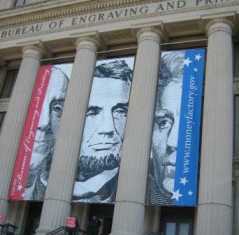Personal Finance
Budgeting
Filling out a Check
Managing a Checkbook
How to Save
Credit Cards
How a Mortgage Works
Investing
How Interest Works
Insurance Basics
Identity Theft
About Money
History of Money
How Coins are Made
How Paper Money is Made
Counterfeit Money
United States Currency
World Currencies
|
Money Math
Counting Money
Making Change
Basic Money Math
Money Word Problems: Addition and Subtraction
Money Word Problems: Multiplication and Addition
Money Word Problems: Interest and Percent
Economics
Economics
How Banks Work
How the Stock Market Works
Supply and Demand
Supply and Demand Examples
Economic Cycle
Capitalism
Communism
Adam Smith
How Taxes Work
Glossary and Terms
|
